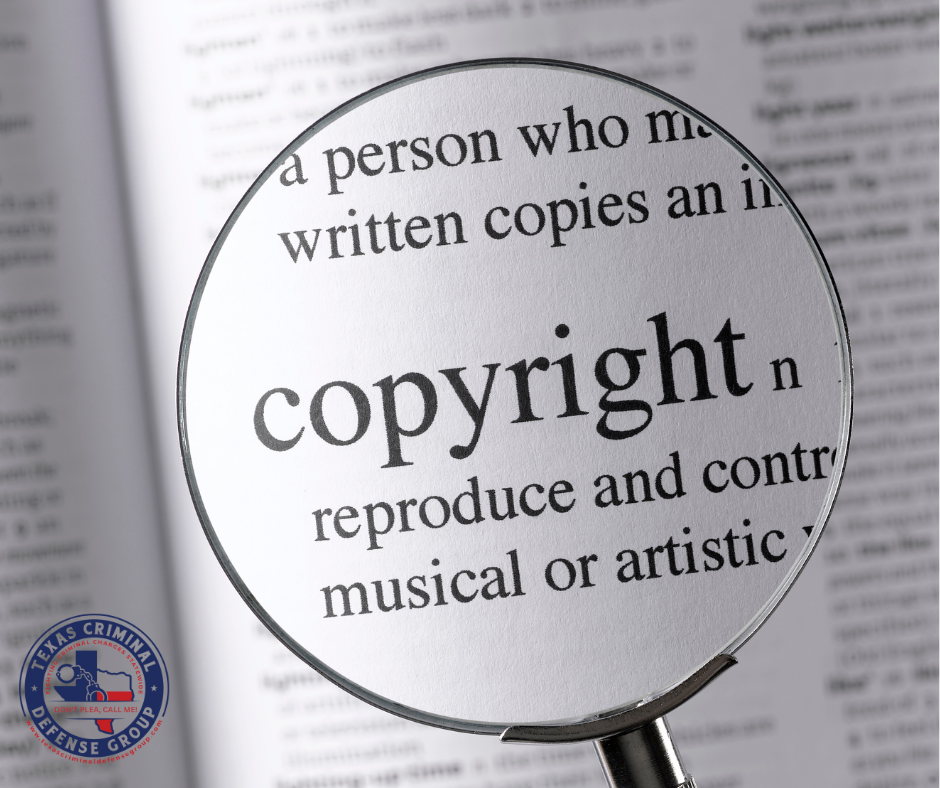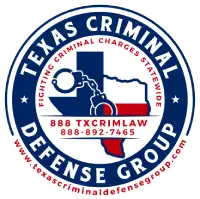
Navigating Copyright Infringement in Texas
Unintentional copyright infringement arises when individuals unknowingly use copyrighted material, often due to a lack of awareness about its protected status. This happens due to misunderstandings of copyright laws or the misconception that certain material is free to use.
In the rapidly evolving world of digital creation, there’s a noticeable increase in legal disputes in Texas because people are using content without permission, especially in the growing tech and creative industries.
Even if someone didn’t mean to do anything wrong, copyright laws might still apply, so it’s important to understand these rules to avoid accidentally breaking them and facing legal issues.
Copyright Infringement & Criminal Trademark Simplified
Copyright infringement occurs when someone who doesn’t own the copyright copies, distributes, publishes, or modifies work without permission, pretending it’s their own. It occurs when someone uses copyrighted material without permission.
The automatic copyright protection of a work upon its creation requires varying levels of proof during legal disputes, influenced by whether the trademark is registered.
Trademarks like logos, words, or designs serve to indicate the origin of products or services and are safeguarded by state and federal laws. This protection not only benefits copyright owners commercially but also prevents consumer confusion about the source of goods and services.
Copyright safeguards various creative works, such as:
- Literary Works: Novels, short stories, poems, essays, and other written works fall under this category.
- Musical Works: compositions, including sheet music and lyrics, created by musicians and songwriters.
- Photography: original photographs, whether in analog or digital format.
- Software: The code and design of computer software applications are also protected.
- Visual Arts: This encompasses paintings, drawings, sculptures, and other forms of visual artistic expression.
Exceptions to Copyright Infringement
Educational Use:
Copyright rules are more relaxed when it comes to using things for learning. Teachers and students can use materials for teaching and research, as long as they follow specific rules.
Public Domain:
Public domain means no copyright protection. It is open for everyone to utilize without restrictions. This happens when the copyright expires, the owner puts it there, or it was never eligible for copyright.
Government Works:
Works created by the U.S. government are typically not eligible for copyright protection. This means that government publications, reports, and other official documents can be freely used by the public.
Fair Use:
Fair use means you can use copyrighted stuff for things like criticizing, reporting news, teaching, or researching without asking permission. It depends on factors like why you’re using it, what kind of thing it is, how much you’re using, and if it affects the market value.
Fair Use Elaboration
“Fair use” is a crucial exception to copyright infringement, letting you use some copyrighted stuff without asking, as set forth in Section 107 of the U.S. Copyright Act. Here are the key factors that courts typically consider when evaluating fair use:
Purpose and Character of the Use:
The first thing to consider is how the copied material is being used. If it’s for educational or non-profit reasons, or if it’s being used in a new and different way, like for commentary, criticism, parody, or news reporting, it’s usually seen more positively.
Nature of the Copyrighted Work:
The court checks if the original work is more about facts or entertainment. If it’s from a factual work like a biography, using it is more likely to be considered fair use compared to copying from a fictional work like a romance novel or horror movie.
Amount and Substantiality of the Portion Used:
Think about how much of the original work was used. Was it just a small part, like one sentence from a book or a brief clip from a film? Or was it a big chunk, like a whole chapter or the entire movie? Also, how crucial is the copied part to the whole original work?
Effect on the Market Value:
Lastly, see how the use affects the market value of the original work. If it harms the market for the original, it might not be seen as fair use.
Penalties for Copyright Infringement
Legally, penalties for breaking copyright rules are outlined in different sections of the U.S. Copyright Act, Sections 502, 504, 505, and 506. These penalties can be both civil and criminal, covering:
- Paying for the damages caused by copyright infringement.
- Giving up the actual money earned from the infringement.
- Facing fines ranging from $750 to $30,000 for each piece of work that was infringed.
- Dealing with civil penalties, which can go up to $150,000 per instance if the infringement was on purpose.
- Facing criminal penalties, which may mean fines of up to $250,000 and up to five years in jail for each offense,
- Having to pay for the attorneys’ fees and other costs.
- Being told to stop the offense right away through a court order.
Arrested? Don’t Plea, Call Me!
Facing charges for copyright infringement in Texas is a serious matter, with significant fines and possible jail time. To navigate this legal challenge, having a criminal defense attorney is essential. Additionally, they can provide crucial guidance, build a strong defense, and protect your rights throughout the process. In the complex world of copyright law, having an attorney by your side is a smart move to address the potential consequences effectively.
